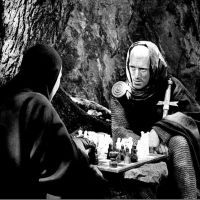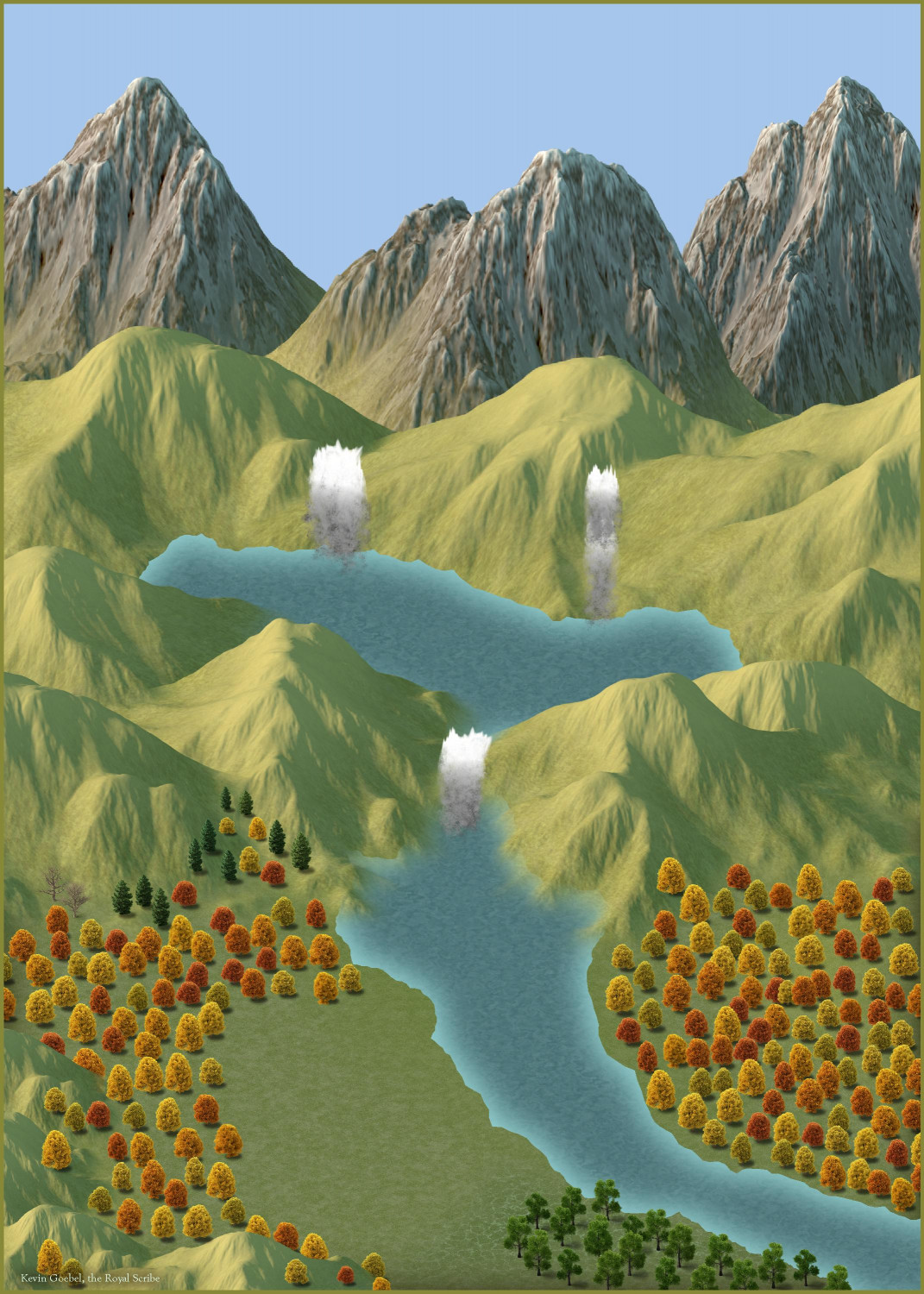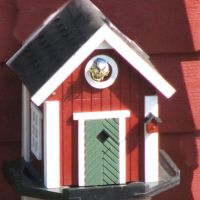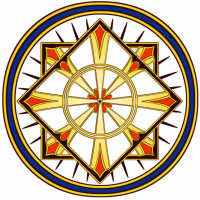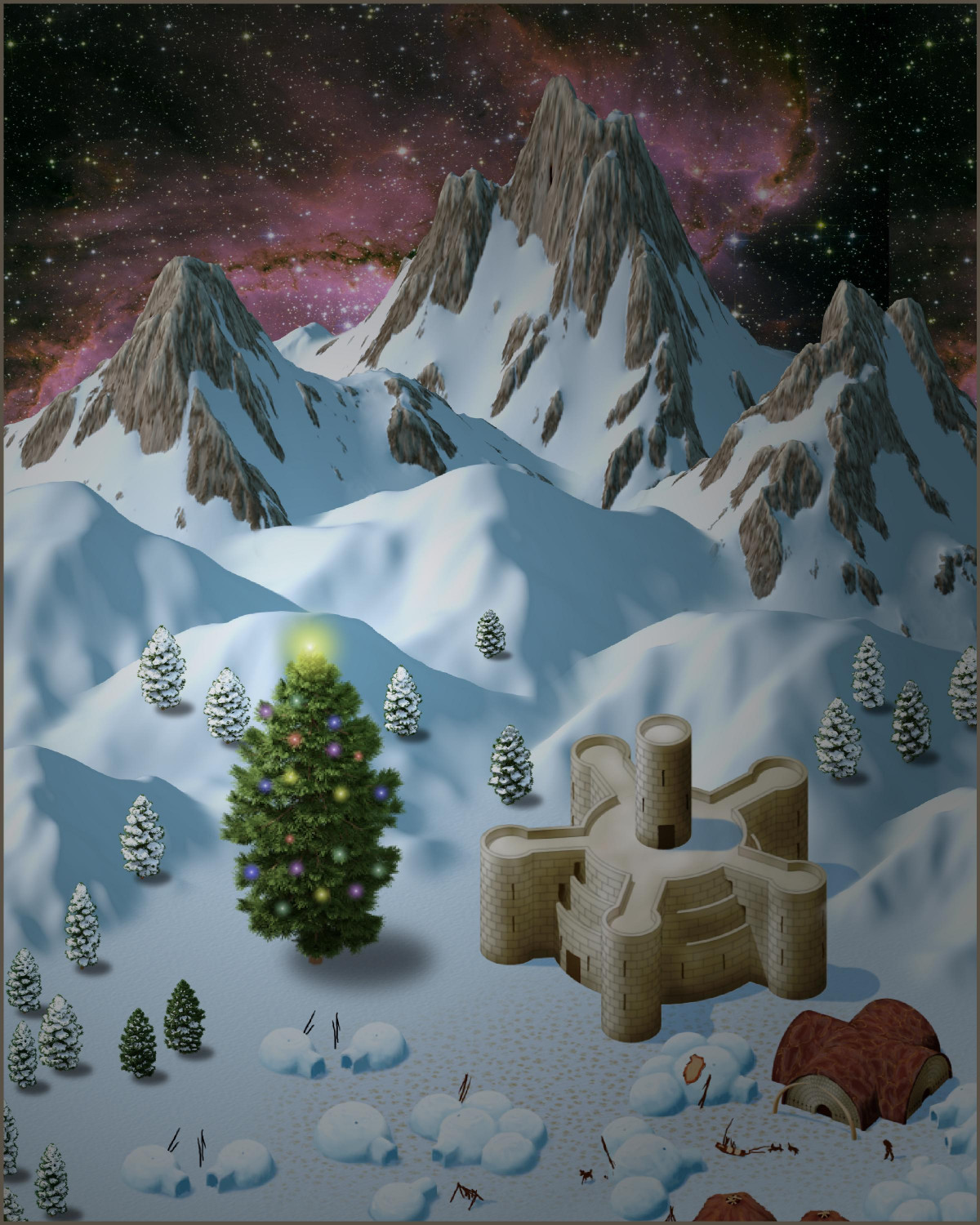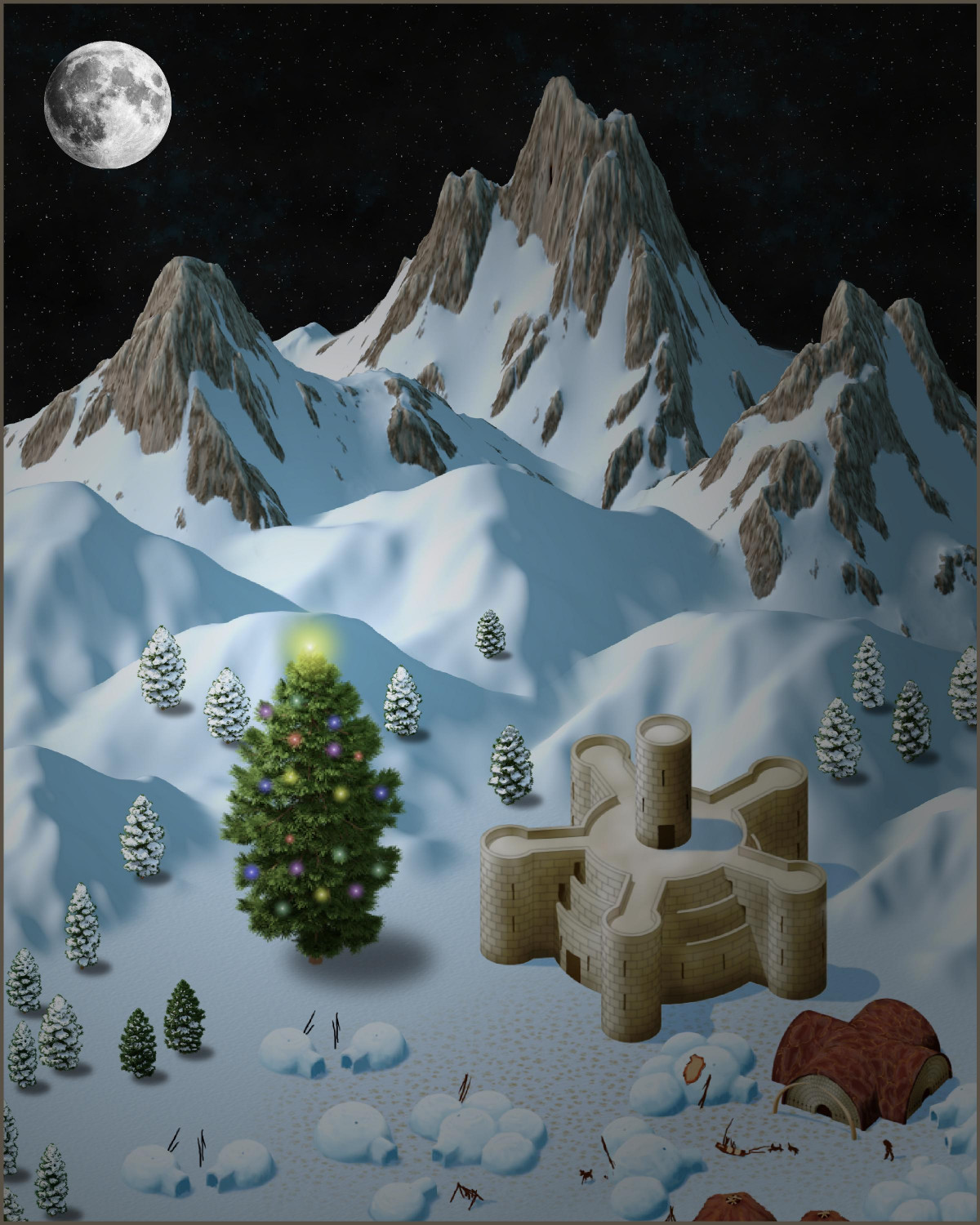Royal Scribe
Royal Scribe
About
- Username
- Royal Scribe
- Joined
- Visits
- 8,821
- Last Active
- Roles
- Member
- Points
- 3,199
- Birthday
- February 5, 1968
- Location
- San Francisco, California
- Real Name
- Kevin
- Rank
- Mapmaker
- Badges
- 16
Reactions
-
The Lands of Strauvuvrorr
-
[WIP] Spectrum Overland Waterfalls x 2
I've been working on a handful of scenic images, and wanted to do some scenes with waterfalls in the Spectrum Overlands style.
The first uses the cliff waterfall symbols, which I have cascading into the ocean. Also experimented with using Alyssa Faden's clouds.
For the second, I experimented using the waterfalls from Forest Trail. Not really sure if the waterfalls in the back work, since you can't see the river or lake behind them. Not sure if the swamp trees in the foreground work with the autumn trees (are swamp trees deciduous or evergreen?). With the clearing, I've been debating about what to put there? A henge? I've been using that a lot lately. A structure, like a castle or tower? Keep it natural, with more trees? Or leave it empty?
-
[WIP] The Toy-Maker's North Pole Workshop
Had to make some tweaks -- my originals were in a 4x5 ratio but in looking at card options, a 5x7 ratio seemed better. Decided the Christmas tree lights popped more on the nighttime version (especially after I moved the sheet they were on to render after the Point Light Finalize effect). And I decided to go with the stars instead of the galaxy so that the sky wouldn't draw focus from the rest of the image.
Let me know if you spot anything weird before this gets sent off.
-
[WIP] The Toy-Maker's North Pole Workshop
Another holiday scene, this one a community of gnomes living near the North Pole working for a "jolly old elf" known as The Toy-Maker.
I have three versions: one daytime and two at night. One of the nighttime ones uses a galaxy background from one of the Cosmographer annuals (the bitmap file calls it "Hubble_Galaxy"), and the other uses a starfield background that comes with Cosmographer.
I may choose one of these to make into holiday cards. Does anyone have a favorite? Also, I put a tower on top of the castle to give it a little more, but does it look goofy there?
Daytime
Nighttime 1
Nighttime 2
-
Starfinder rpg site, with maps
I sent him a direct message in August checking in but didn't hear back. The last message he posted was in April, saying his surgery went well. I think about him a lot -- he was the most prolific poster when I first became active a year ago.


